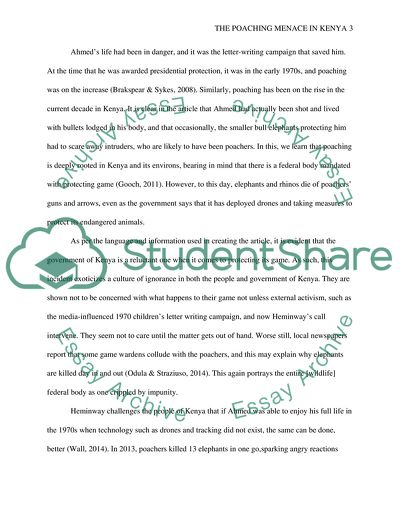Cite this document
(The Poaching Menace in Kenya Article Example | Topics and Well Written Essays - 1250 words, n.d.)
The Poaching Menace in Kenya Article Example | Topics and Well Written Essays - 1250 words. https://studentshare.org/social-science/1865411-anthro
The Poaching Menace in Kenya Article Example | Topics and Well Written Essays - 1250 words. https://studentshare.org/social-science/1865411-anthro
(The Poaching Menace in Kenya Article Example | Topics and Well Written Essays - 1250 Words)
The Poaching Menace in Kenya Article Example | Topics and Well Written Essays - 1250 Words. https://studentshare.org/social-science/1865411-anthro.
The Poaching Menace in Kenya Article Example | Topics and Well Written Essays - 1250 Words. https://studentshare.org/social-science/1865411-anthro.
“The Poaching Menace in Kenya Article Example | Topics and Well Written Essays - 1250 Words”. https://studentshare.org/social-science/1865411-anthro.


